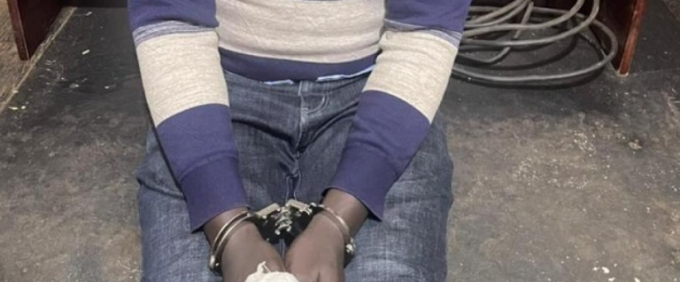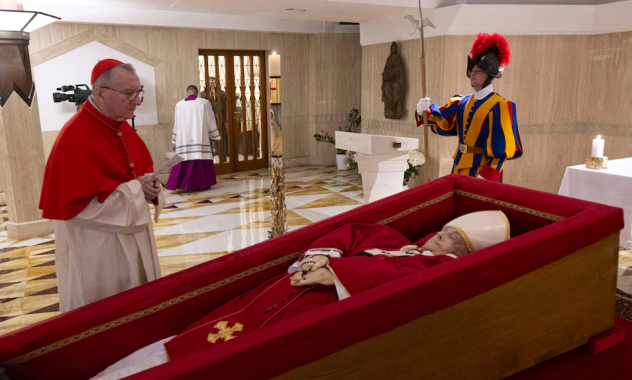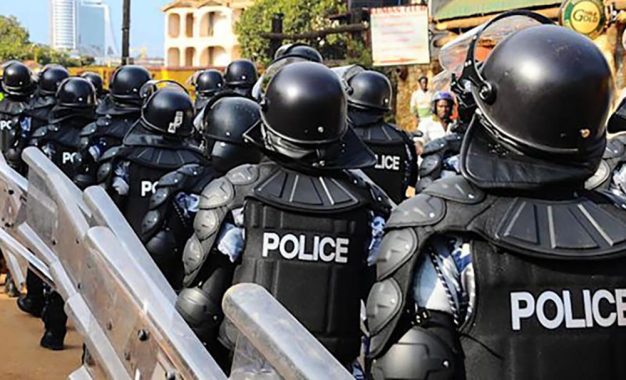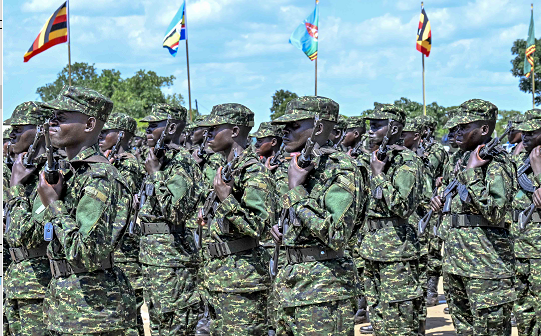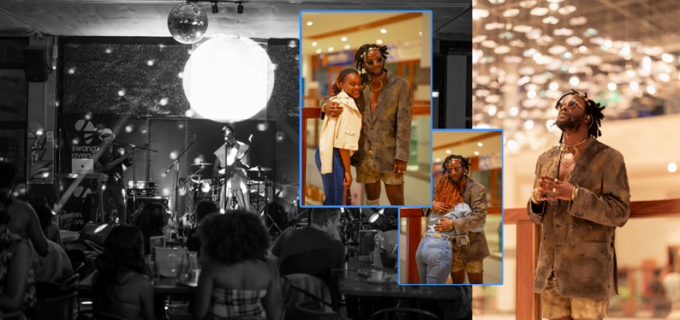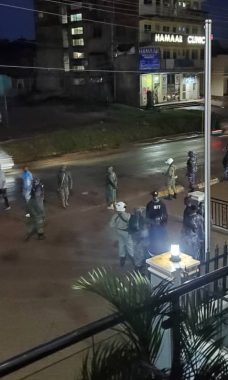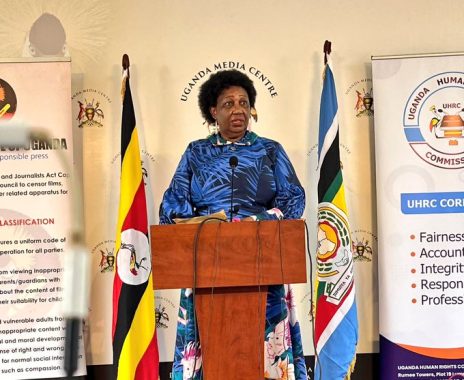By Ricky Rapa Thomson Co-Founder and Director, SafeBoda
Transport is the movement of people or goods from one place to another and as simple as it may sound, it has fostered operations of several businesses and sectors across the globe. It goes without saying that without transport, many sectors would struggle while others might have been non-existent.
According to the Ministry of Works and Transport, currently, Road transport is the most dominant mode of transport in Uganda, carrying over 95% of passengers and cargo freight. The total vehicle population in Uganda is about 1 million and an estimated 50% of all the vehicles are in the Greater Kampala Metropolitan Area. This myriad of vehicles therefore accounts for the unending traffic jam on the streets of Kampala and surrounding areas. It should be noted that in all this, a significant 2-wheeler (Boda-Boda) transport Industry was hatched and continues to grow rapidly in Uganda.
The Boda Boda industry is fast becoming the most socio-politically powerful section of the informal sector in Uganda today. Employing more than 250,000 youth in Kampala alone; Boda-Bodas have gone on to ease transportation within the city. Their ability to enable passengers maneuver through different routes quickly is what makes it a desirable mode among many, since sometimes especially during peak hours travel speeds drop to as low as 5km per hour.
Early this year, the Boda Boda industry just like all others was taken aback by the abrupt invasion of COVID-19 with many riders going out of business when the government put a hold on all forms of public transport from 25th March, 2020 in a bid to curtail the spread of COVID-19.
With over 4 months in lockdown, the Boda Boda riders many of who are considered among the “mufuna mpola” (literally to mean those who earn hand-to-mouth) began to feel the pinch since they were banned from carrying passengers, their largest source of income and only restricted to carrying cargo in addition to country-wide curfew restrictions to their movement. Struggling to survive and make ends meet is a common tale you’ll hear among many riders now, as some took on loans to support their families as well as capitalize their businesses, others were evicted from their residences because of accumulated rent arrears, while some simply left the city to struggle out in their home areas embarking on majorly farming for subsistence.
The government began to slowly ease the lockdown and open some businesses including; hardware stores, business arcades, public and private offices and public transportation except the Boda Bodas especially on carrying passengers. The fate of the easing of the ban on Boda Bodas to carry passengers loomed in darkness but the riders waited patiently.
Finally, on the 27th July the Boda Boda riders were set free and allowed to carry passengers but with strict orders to observe SOPs and guidelines provided by the government. While the countrywide curfew was set at 9 o’clock, Boda Bodas were and are still restricted to stop any movement-passenger or cargo-at 6 o’clock; further exacerbating their plight. After 6 o’clock is peak travel time for Boda Boda commuters. So even with this relief, the Boda Boda riders’ situation remains far from getting to appreciable levels.
The delay in lifting the ban on the Boda Bodas for passenger transport and earlier curfew restrictions is attributed to their high likeness to cause infection and quick spread of the Corona virus. Truth is that while the transport sector is inevitable to economic flow, it plays a central role in either spreading or curbing the corona virus. Therefore, it is up to us riders, drivers or passengers to ensure to stay safe at all times, while imploring our treasured passengers to stay safe too.
Today, there are half as many Boda Bodas as there are privately owned cars (excluding Public Service Vans) and are arguably number 2 among the most commonly used means of transport around the city. This makes them a serious hotspot for the spread of the virus or an agent for safety of passengers and communities.
I therefore appeal to all cyclists to ensure to take it upon themselves to save a life if not two by wearing a mask at all times, ensuring they carry only passengers who are wearing face masks (properly) before embarking on a trip, always sanitizing their hands and touchable surfaces on their 2-wheelers as regularly as they can. We should also observe physical distancing at our stages or drop-off points, all in a bid to curtail the spread of COVID-19 and promote safe riding.
As cyclists, it is up to us to choose the right path to ending the pandemic or ignore our role and bring our country to its knees-that’s not to mention loss of our lives and cascading suffering of our families and loved ones who depend on us.
Finally, I appeal to passengers to take control of their lives and demand the rider they are traveling with has their mask on, cleans surfaces before they sit and observes physical distancing at pick-up and drop-off points.





